The Staggering Vernacular of Architect Ken Tate
“It’s kind of a weird time to be an architect,” suggests septuagenarian architect, painter, and thinker Kent Tate, “because anything goes.” Tate discusses his prolific career over the phone from his home in a new urbanist parish on the north shore of New Orleans. He speaks deliberately, in a classic drawl, with the cadence and generosity of a long-time student and teacher of architecture’s primordial language.
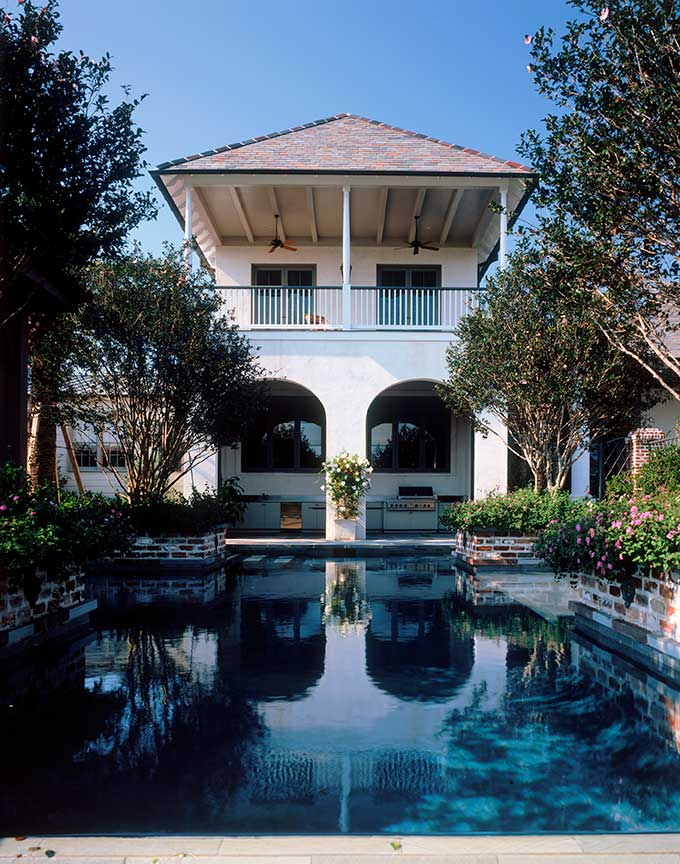
Raised in Mississippi and schooled in architecture and art, Tate has produced a staggering body of work. After working under some of the South’s premier architects such as Bruce Goff and Sam Mockbee, Tate founded his own firm in 1984 and has gone on to design over 70 homes. And these aren’t your average bungalows. The sprawling yet elegant houses he has designed in the United States and abroad have reached sizes of more than 12,000 square feet, with verandas, towers, and other eye-grabbing material straight from design vocabularies supposedly buried. Alongside this work, Tate has put out books to accompany his work and philosophy, including 2020’s The Alchemy of Architecture written in collaboration with his son, Duke. Through these, one can get a sense of the through-lines that animate his often puzzling diversity of style.
The weirdness that Tate diagnoses in contemporary architecture comes, in part, from an uneasiness in community forms affected by the ambivalent legacy of modernism. Tate’s work, though it draws from the past, satisfies a certain soulfulness in answer to technology-focused modernism. Jokingly, but with conviction, he says that “starchitects” represent an “architecture gone wild” that focuses too much on acclaim and not enough on inhabitants.
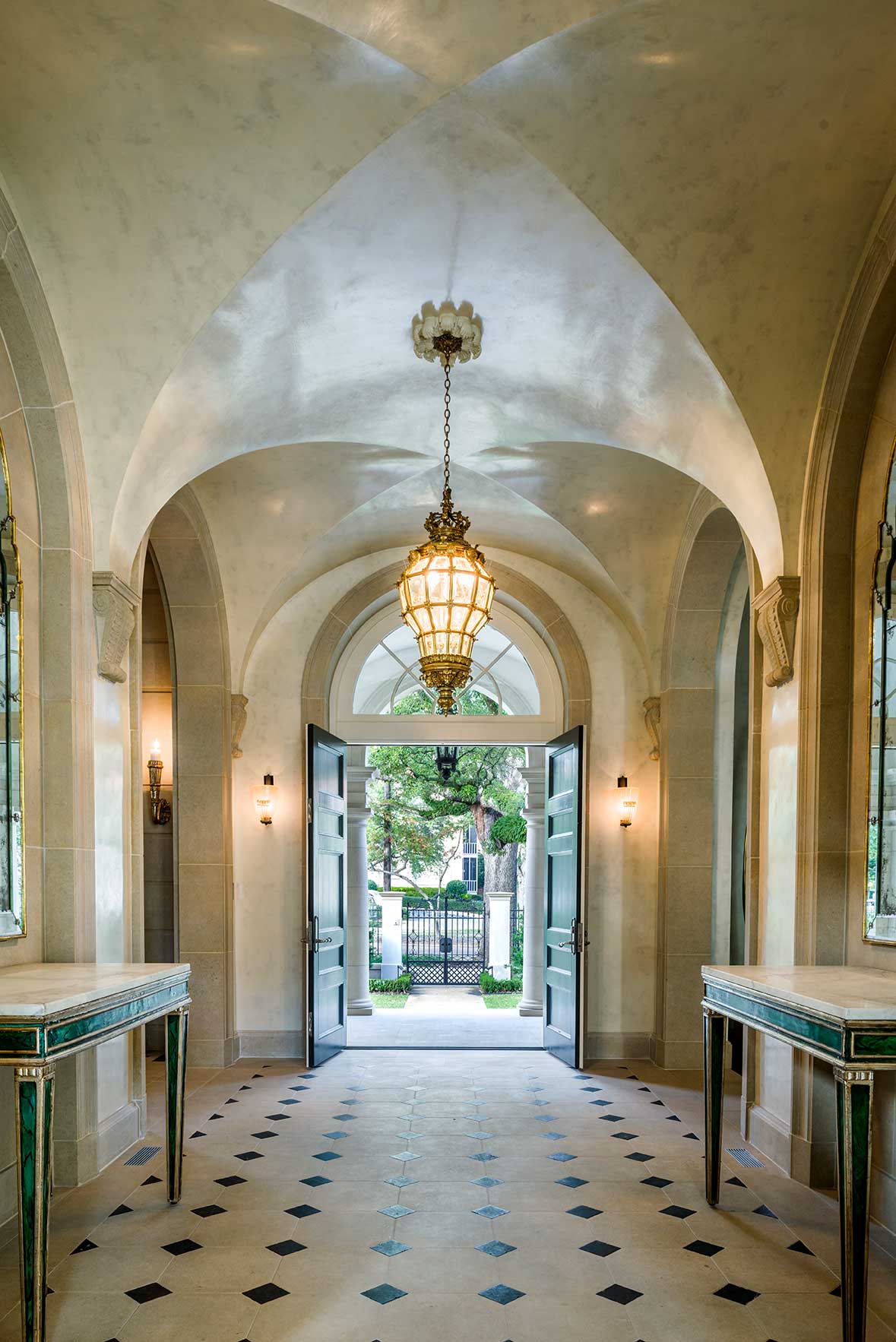
“I think of myself more as a vernacular architect,” he responds when asked what school he fits in. He is a proponent of architectural pluralism which puts context over genius, in the sense of modernist singularity. By working in the built grammar of places—playing on forms as diverse as Creole vernacular and Italianate and sometimes mixing them in a way that borders on the postmodern, Tate is able to rethink how we connect with place, which is particularly fraught in North America, and especially the South, with its legacy of erasure and colonialism. Over his career, Tate has also been concerned with reuse, and one of the benefits of referencing older forms is the potential for recycling older material, so that this mixing of form becomes apparent on the level of substance.
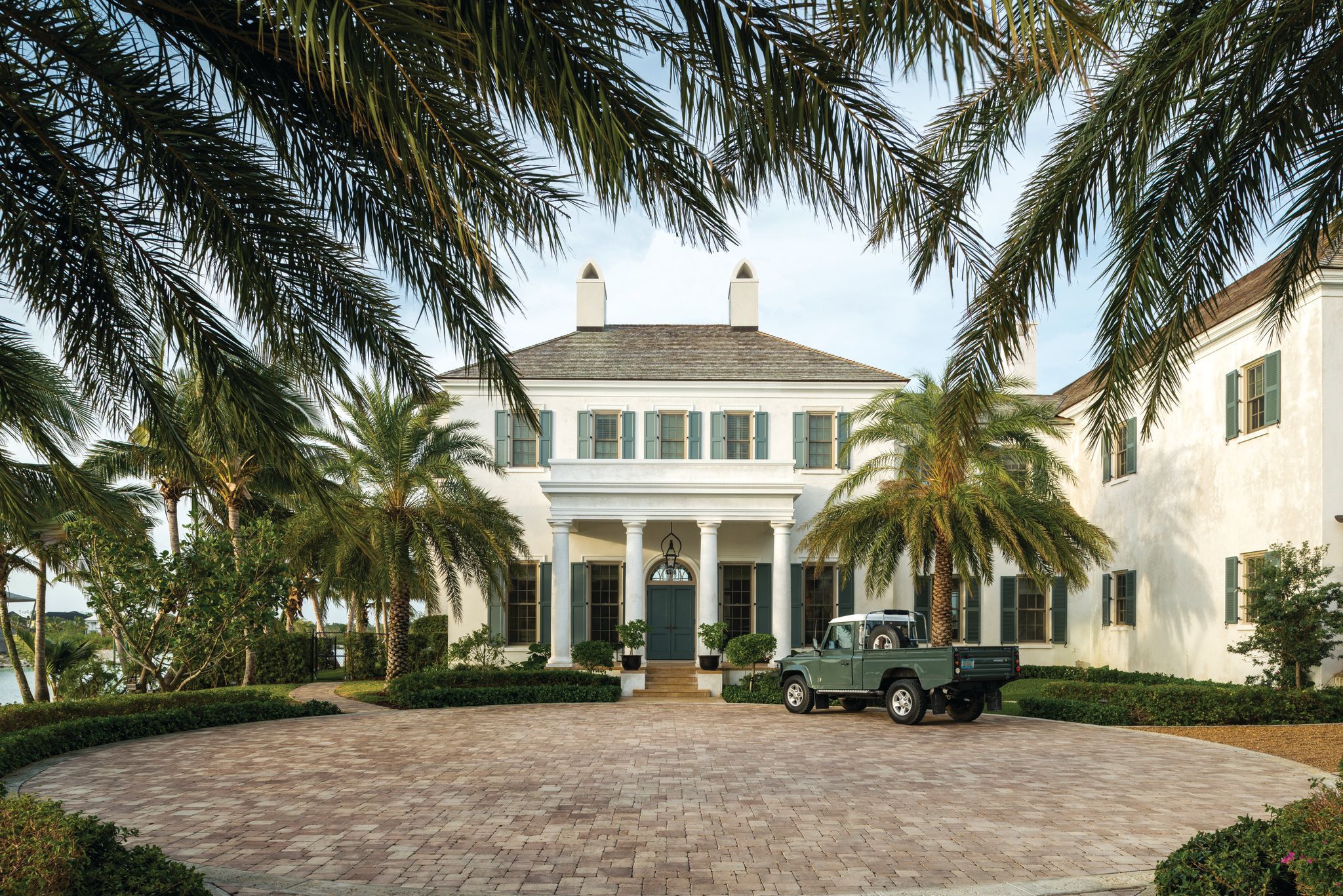
Though Tate speaks of the style of places, he doesn’t necessarily agree with the clean classifications usually attached to the United Sates, which obscure the complex cultural heritages of the various regions. “I don’t think of myself as a Southern architect, even though people say I am,” he says. “If you’re an architect in the North, they don’t call you a Northern architect.” These classifications can come into play when working the dreams of clients, but Tate has built such a wide-ranging style that his clients often give him carte blanche. He makes sure they know, though, that they are getting his creations and not necessarily something “authentic.” As Duke Tate writes in Alchemy, “Authenticity can be the kiss of death when trying to achieve a soulful habitat.”
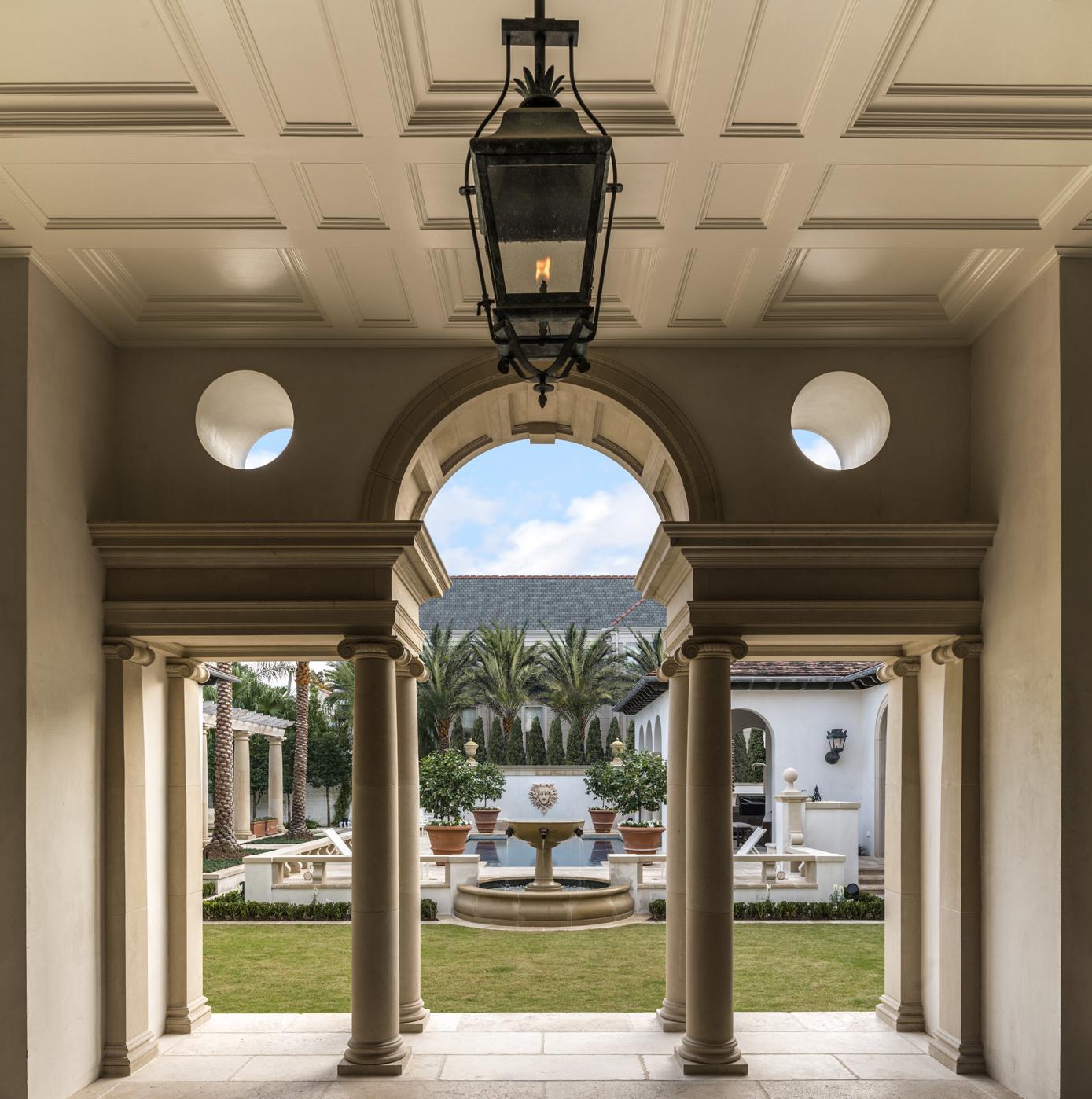
Vernacular, in Tate’s world, comes not from trends or from easy classification but with reference to the practical ways that people build in relation to the landscape. But this practicality must be tied to beauty. Finding these forms that take cues from people’s location and life is difficult but essential. “When there’s nothing original, you’re trying to find something that you can connect to that has already spoken. That’s been given a voice by being there and working and having a life.” He doesn’t believe that people will be looking back on mass produced, suburban architecture from the ’80s, for example. These styles “won’t speak to anybody in the future.”
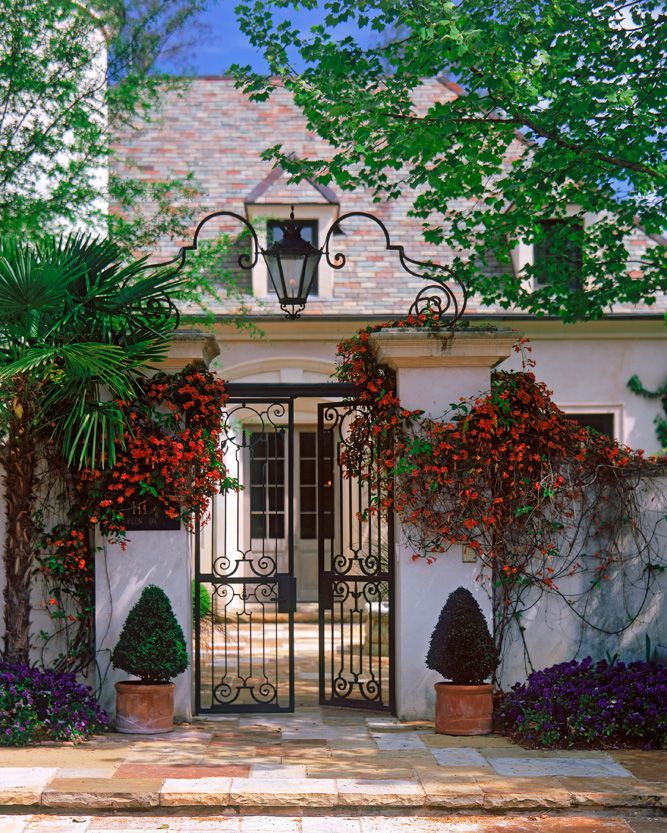
His career sprang from a rebellion against the cookie-cutter architecture of the ’80s. By trying to combat the “cult of ugly” he noticed at the time, Tate made it his mission to aim for beauty in architecture. And at a time when classical and early North American forms were in decline, he grabbed onto what he saw as an important design legacy in neoclassicism, which has since had a resurgence, in part because of the work of Tate and his contemporaries. After a trip to Italy, Tate found his fascination with craftsmanship and classical forms intensified. Ever the experimenter, he was determined to implement what he’d learned, bringing on artists and craftspeople to try and capture the exquisite details of the buildings he saw there.
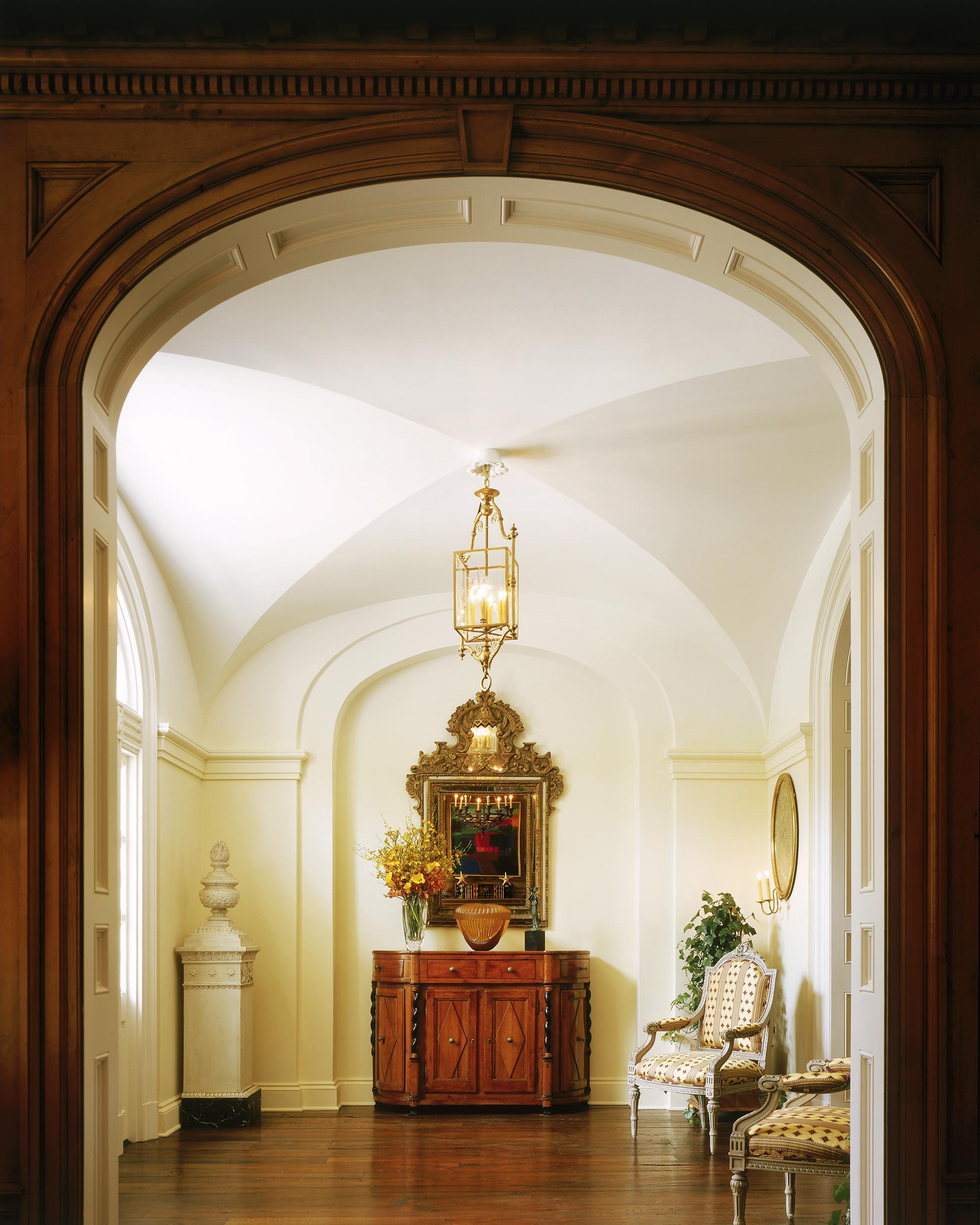
“I don’t like everything that’s perfect. I don’t like everything that’s shiny. I like personality.” But he is not a fan of ego. He prefers quality work with soulful materials over spectacle, which is expressed in his pluralism. The homes take inspiration from the language of the neighbourhood or smaller constituencies like the street or block. By referencing context and normative traditions, his vision of architecture becomes one of blending in the intellectual tradition of revolutionary thinkers like Édouard Glissant, whose vision of modernism was one of métissage or mixing of forms and not necessarily ever-increasing efficiency or “newness.”
In his book The House of Shadows and Light, Tate writes of a massive Italianate villa he built: “Every house that has soul should speaks to and nurtures its occupants. They miss her when they leave her, and they are comforted by her when they return.” The generative passion Tate brings to his work reverberates through the structure, making his designs speak in the same way that language draws on the wellsprings of the past but is constantly made alive by the speaker.
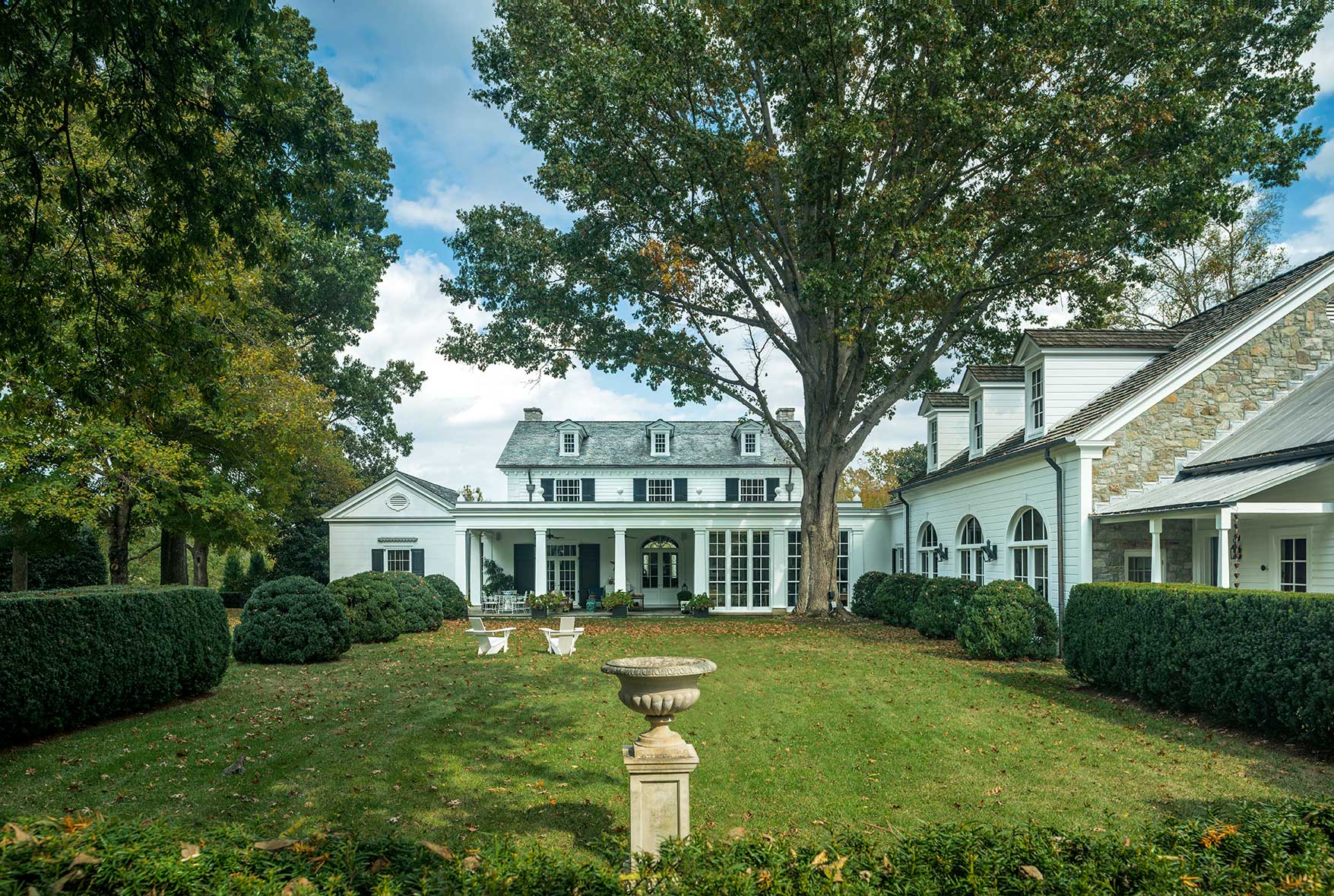
In fact, Tate’s preoccupation with the writing about architecture conceptually in the works of authors like Borges have led him to meditate on the intersections of book-making and house-raising. For Tate, the processes of building soulfully have to do with intent, as does speaking. Each of these homes tells a story in its own voice, and Tate, the proud elocutionist, is conducting in the background.




